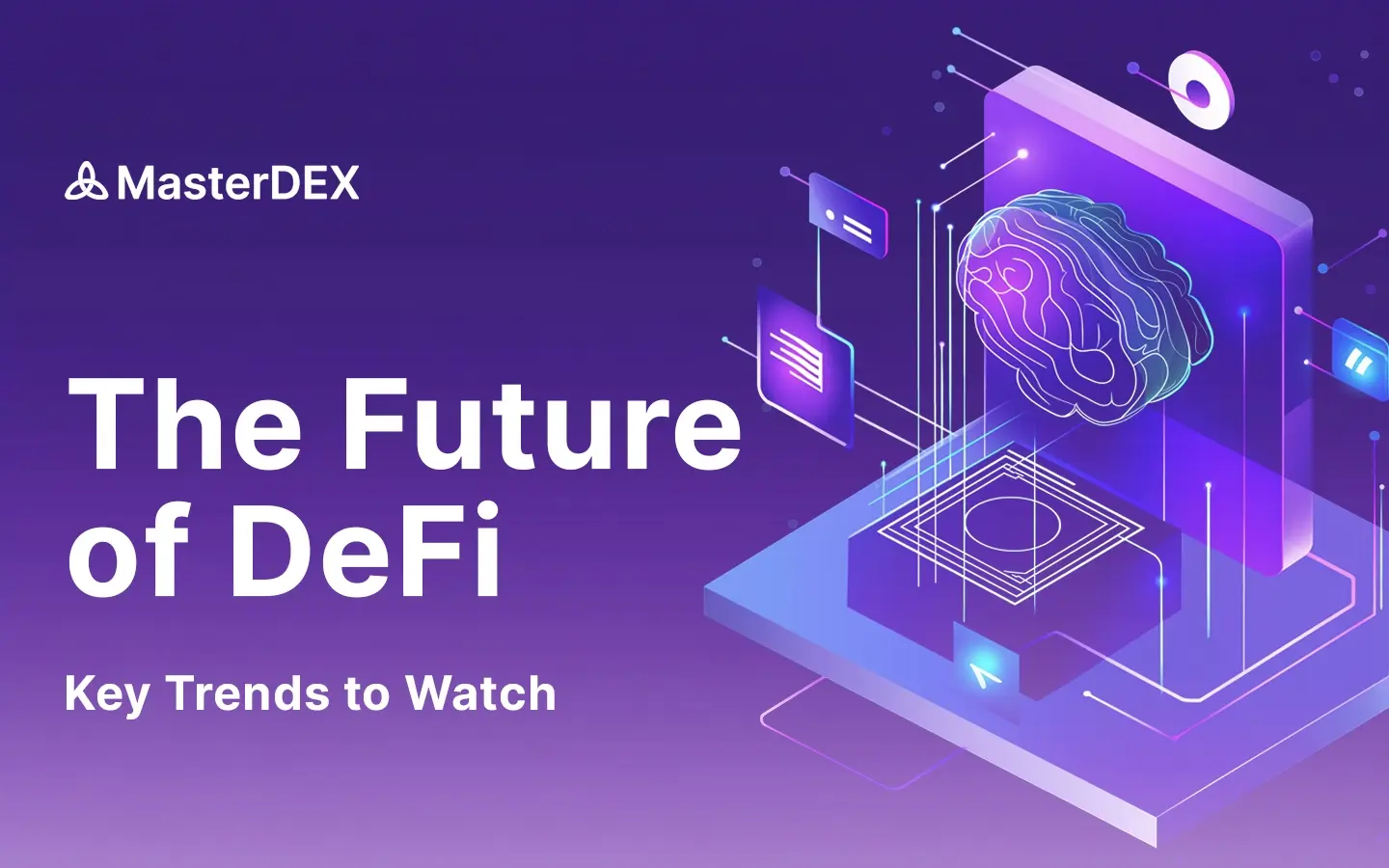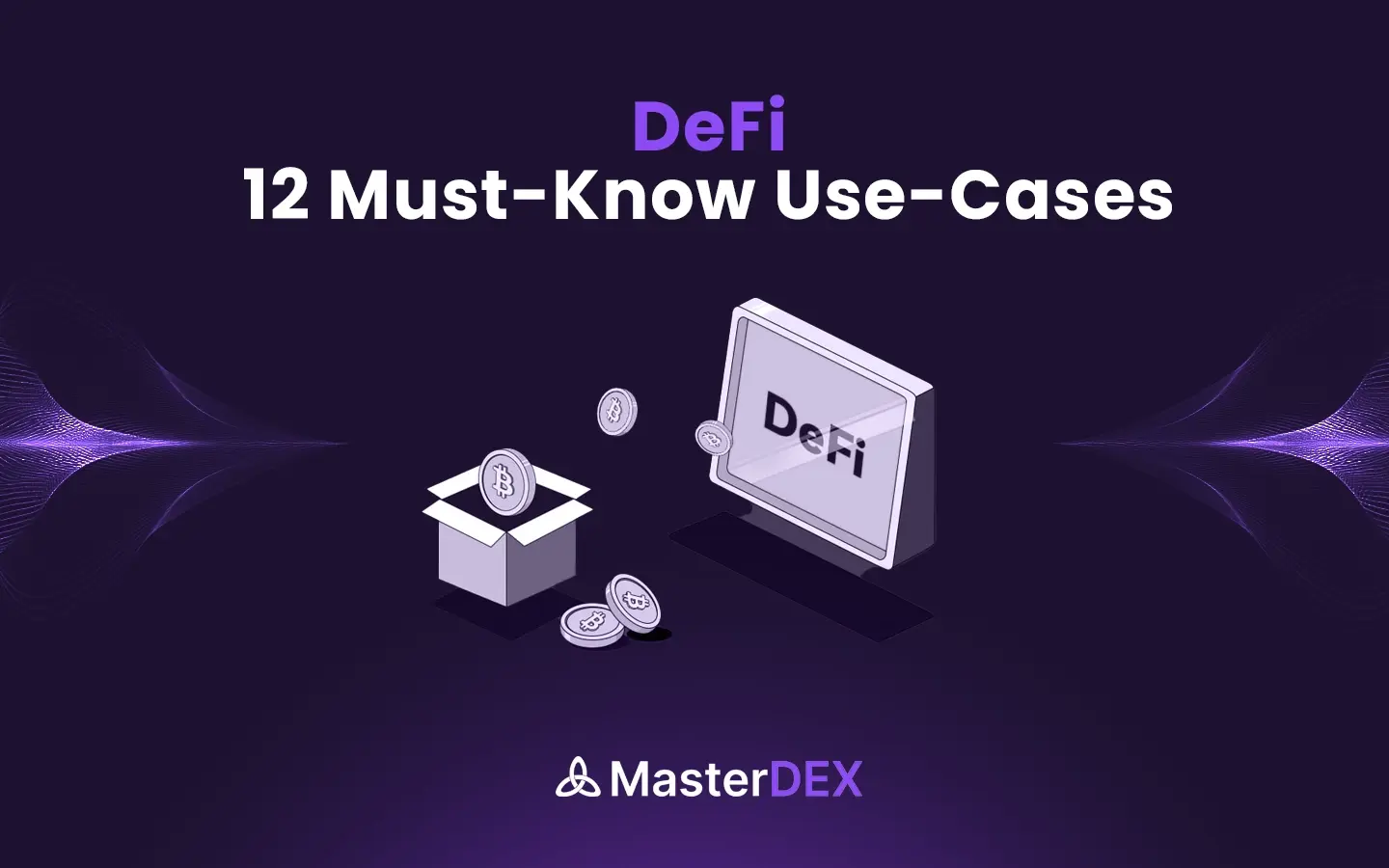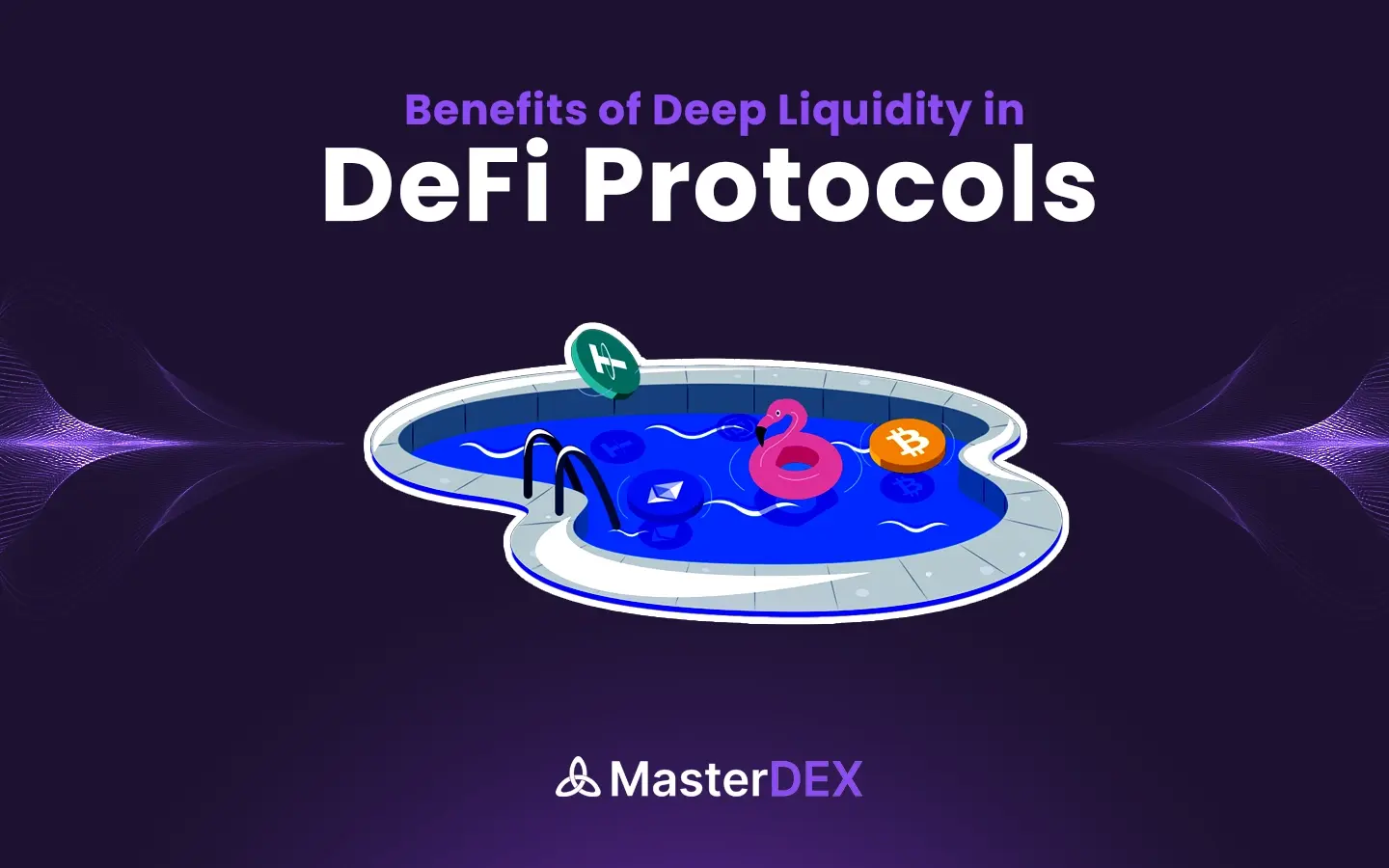Table of Contents:
ToggleOverview
Decentralized Finance (DeFi) is rapidly transforming the financial landscape by offering innovative solutions that challenge traditional banking systems. As we move forward, several key trends are set to shape the future of DeFi, enhancing scalability, security, and accessibility. In this article, let’s discuss what is the future of DeFi and key trends to you shouldn’t miss.
Decentralized Finance: Trends That Will Define Its Future
Now, let’s delve deeper and discuss the most significant developments poised to redefine the DeFi ecosystem and unlock new financial opportunities for users worldwide.
Layer 2 Solutions and Scalability
One of the most pressing challenges in DeFi is the scalability of underlying blockchain networks. As DeFi continues to grow in popularity, networks like Ethereum are facing congestion issues, leading to high gas fees and slower transaction times. Layer 2 solutions are emerging as a game-changer by alleviating these issues.
Layer 2 technologies work by moving some of the processing work off the main blockchain (Layer 1) to a secondary layer. This approach not only reduces the load on the primary network but also enhances transaction speed and lowers costs. Optimistic Rollups and Zero-Knowledge Rollups are two prominent technologies making significant strides in this space.
These advancements ensure that DeFi platforms such as MasterDEX can scale more efficiently without compromising on security or decentralization. As Layer 2 solutions continue to mature, they will play a pivotal role in expanding DeFi’s reach, making it more accessible to a wider user base by minimizing fees and enhancing usability.
The Rise of Decentralized Identity (DID)
Decentralized Identity (DID) is revolutionizing the way users manage their digital identities. Unlike traditional identity systems controlled by centralized entities such as governments or corporations, DID empowers users to own and control their identities.
In the DeFi ecosystem, DID facilitates secure and private user verification. This is especially useful for complying with regulatory requirements like Know Your Customer (KYC) and Anti-Money Laundering (AML) laws, without compromising user privacy. DID allows users to verify their identities without exposing sensitive personal information, enhancing both security and user experience.
Additionally, DID technology is paving the way for innovative applications like decentralized credit scoring and reputation systems. These systems foster trust and credibility within the DeFi ecosystem, enabling users to access financial services more easily. As DID solutions continue to evolve, they will drive new possibilities for identity management in the decentralized world.
Integration of Artificial Intelligence (AI) and Machine Learning (ML)
Artificial Intelligence (AI) and Machine Learning (ML) are playing transformative roles in the DeFi landscape by optimizing various financial services. From risk management to portfolio optimization, AI and ML enhance decision-making by analyzing vast amounts of market data in real-time.
These technologies enable the creation of advanced algorithms that identify profitable trading opportunities while minimizing risks. AI and ML also enhance the functionality of smart contracts, making them more efficient and secure by automating complex tasks and reducing human error.
A promising application of AI and ML is in the development of Decentralized Autonomous Organizations (DAOs). By integrating intelligent algorithms, DAOs can make data-driven decisions, optimize resource allocation, and improve governance structures. This integration of AI and ML is expected to accelerate innovation in DeFi, making it more robust and efficient.
To know more about the role of AI in DeFi, check out this blog now!
Growth of Stablecoins
Stablecoins are playing a pivotal role in the growth of DeFi by offering stability in an otherwise volatile crypto market. Pegged to stable assets like fiat currencies or commodities, stablecoins provide users with a reliable store of value, reducing exposure to price fluctuations.
As the demand for risk management tools grows, the variety of stablecoins is expanding. Some are backed by physical reserves, while others are algorithmically stabilized. This diversity is driving new use cases, including decentralized lending platforms, cross-border payment systems, and remittance solutions.
Stablecoins are also acting as a bridge between traditional finance and DeFi, enabling seamless integration for financial institutions. This bridge is facilitating greater adoption of DeFi by mainstream users, contributing to the ecosystem’s overall growth and acceptance.
Evolution of Non-Fungible Tokens (NFTs) in DeFi
While NFTs have gained popularity in digital art and collectibles, their potential in DeFi goes far beyond that. NFTs can represent unique digital or real-world assets, such as real estate, intellectual property, or even user identities.
One of the most innovative applications of NFTs in DeFi is the tokenization of real-world assets. By fractionalizing ownership, NFTs make high-value assets more accessible and liquid. For example, real estate properties can be tokenized into multiple NFTs, allowing investors to own fractional shares. This democratizes investment opportunities and expands the market to a broader audience.
Moreover, NFTs are facilitating the development of decentralized insurance platforms, where tokenized policies can be traded on open marketplaces. This approach enhances transparency, efficiency, and trust in the insurance sector, creating new avenues for DeFi innovation.
Rise of Decentralized Autonomous Organizations (DAOs)
Decentralized Autonomous Organizations (DAOs) are transforming governance models by enabling users to collaborate and make decisions without a central authority. Built on smart contracts, DAOs offer a transparent and democratic way of managing decentralized platforms.
The popularity of DAOs is growing rapidly, with diverse applications ranging from charitable initiatives to investment funds and venture capital. As governance structures become more sophisticated, DAOs are exploring innovative voting mechanisms and resource allocation models, enhancing user participation and engagement.
Additionally, DAOs are playing a crucial role in funding and developing new DeFi projects. By pooling resources and collective decision-making, DAOs are accelerating innovation and fostering collaboration within the DeFi ecosystem.
Navigating Regulatory Developments
As DeFi continues its exponential growth, regulatory scrutiny is inevitable. Governments and regulatory bodies worldwide are developing frameworks to govern decentralized financial systems. While regulations pose challenges, they also provide opportunities for mainstream acceptance and stability.
Key areas of regulatory focus include KYC and AML compliance, which are essential for preventing fraud and ensuring transparency. DeFi platforms must balance decentralization with compliance to gain user trust and regulatory approval.
Moreover, regulations on consumer protection are likely to increase, requiring platforms to disclose risks and offer compensation mechanisms for fraudulent activities. Navigating these regulatory landscapes will be critical for DeFi platforms to achieve sustainable growth and mass adoption.
Cross-Chain Interoperability
Cross-chain interoperability is crucial for the continued growth of DeFi. As new blockchain networks emerge, enabling seamless communication and asset transfers between different chains becomes essential.
Cross-chain solutions allow users to access a broader range of financial services by connecting disparate blockchains. For example, an Ethereum user can access decentralized lending on Binance Smart Chain through cross-chain bridges. This connectivity enhances liquidity, efficiency, and user experience across the DeFi ecosystem.
Furthermore, cross-chain interoperability enables the creation of complex DeFi products, such as cross-chain derivatives and synthetic assets. This innovation drives a more connected and integrated financial system, benefiting users and developers alike.
Conclusion- Whats the Future of DeFi?
The future of DeFi is brimming with possibilities. From Layer 2 scalability solutions to decentralized identity and cross-chain interoperability, DeFi is evolving at an unprecedented pace. As regulatory frameworks take shape and innovative technologies like AI and NFTs integrate into the ecosystem, DeFi is poised to revolutionize global finance.
With its potential to democratize financial access, enhance security, and fuel economic growth, DeFi is not just a trend—it’s the next chapter in the evolution of finance. As the landscape continues to transform, staying informed and adaptable will be key to capitalizing on the limitless opportunities DeFi has to offer. The future is DeFi, and it’s only just beginning.




